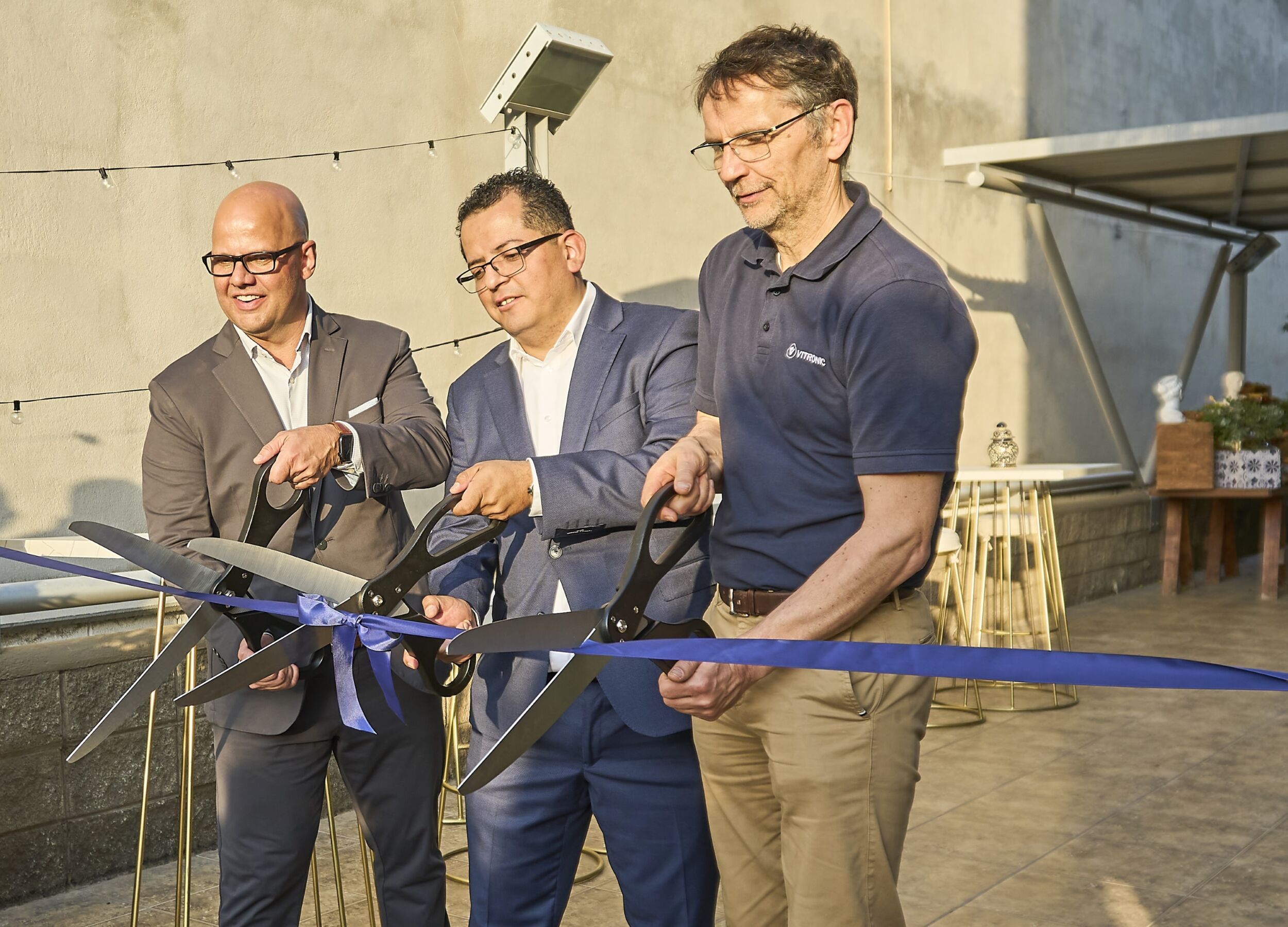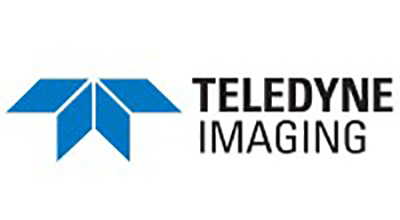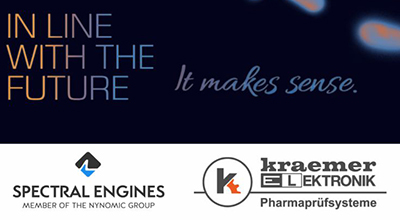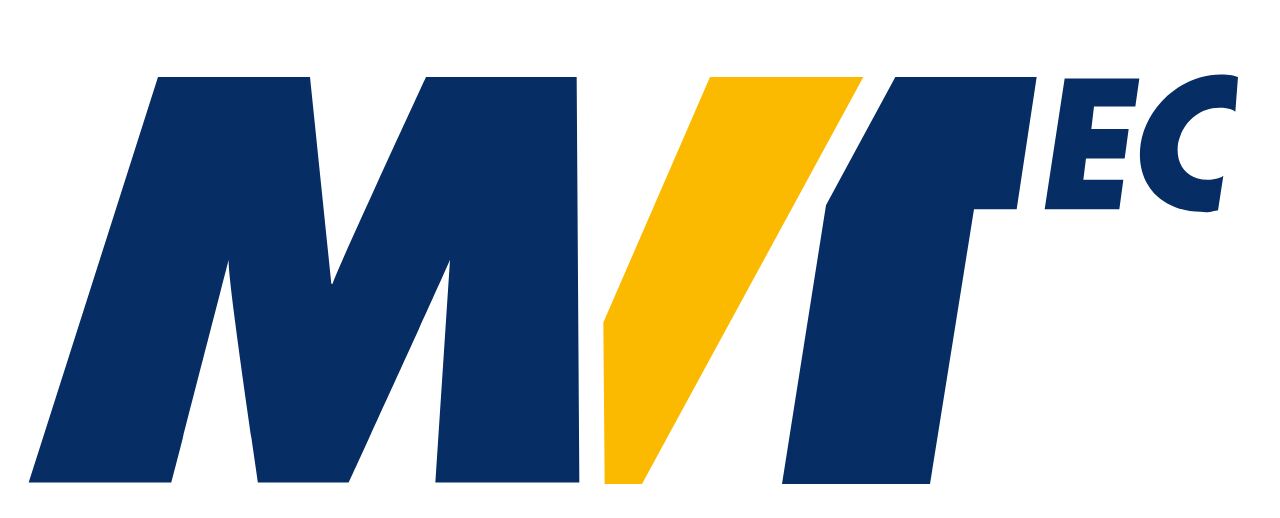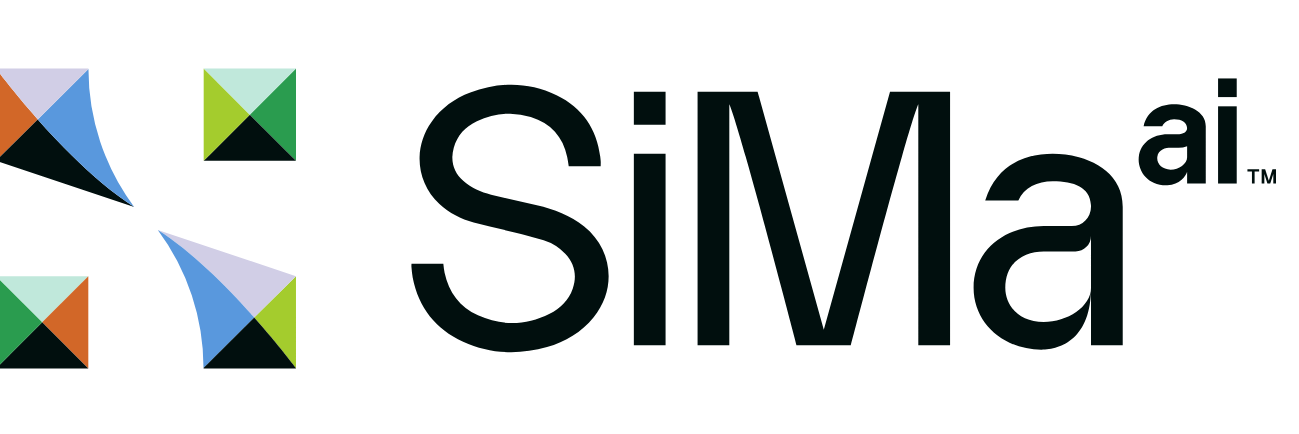Focusing at the Speed of Sound
Varifocal lens harness the power of sound to shape light
An award winning lens uses sound to shape light making it the world’s fastest varifocal device on the market. This novel mechanism of action enables scanning speeds that are more than three orders of magnitudes faster than competing technologies. In one simple turnkey solution, the lens provides a computer-controlled platform that works with existing optical assemblies to add ultra-fast, high-precision focal length selection, while at the same time giving a user the option for continuous high-speed scanning that effectively extends the depth-of-field of any optical system without sacrificing resolution or wavefront quality.
High resolution imaging, high throughput industrial machine vision, and even biomedical optics all share a common problem: current approaches are ill-suited for non-flat surfaces or 3D volumes due to an inherent inability of traditional optical systems to rapidly change the focal position or to control the depth-of-field independently of the magnification. Recent improvements in the quality and speed of x-y translation devices allow for rapid sequential imaging of single focal planes; however, due to the lack of suitable high-speed z-focusing devices, speed benefits are limited to relatively flat samples. The TAG lens solves these problems by providing a plug&play, computer-controlled lens that works with existing optical assemblies to add ultra-high speed z-axis tunability without any moving parts. Adjustable optical elements on the market are constrained by the notion that a physical change in a surface or interface is needed to redirect light in a controllable fashion. In other words, to change the focal length, devices either shift the location of a fixed lens (similar to autofocus in a camera) or attempt to change the curvature of the lens surface (similar to how one’s eye works). Such mechanisms can be slow as they require material to be moved or reshaped, fundamentally limiting the speed at which these systems can operate.
A technology like no other
TAG Optics uses a fundamentally different approach to change focal length. The TAG lens works on the scientific principle that the focal length of a lens can be changed by altering its index of refraction while keeping the surfaces and physical shape unchanged. The company introduces this principle in its technology which uses sound to control the index of refraction in a material. When sound travels through a material, it causes small, coordinated density fluctuations that occur at well-defined locations. Since the index of refraction of a material is related to its density, these small density changes lead to a well-defined index of refraction profile which can be easily controlled by the user to produce the desired optical effect. Moreover, since sound propagates very rapidly, the lens can scan over a complete range of focal lengths in only microseconds, orders of magnitude faster than other variable focal devices on the market. This technology is opening new possibilities and enabling a new wave of innovation in the imaging and processing markets by conferring several advantages. First, there is no mass transport, thus speeds that are three orders of magnitude faster than other variable focus devices can be achieved. Second, the lens is not susceptible to material fatigue, as there are no fundamental limits to how often sound can compress liquids, leading to long lifetimes and low maintenance. Third, the lens exhibits low spherical aberration making it ideal for use in high resolution imaging and processing applications. Finally, all lenses are highly versatile and have the ability to focus, defocus, reshape, or extend the depth-of-field of existing optical assemblies, providing great value to users and industrial adopters. The versatile nature of the lens means that it can be incorporated in anything from conveyor belt systems to security imaging. The integration of this technology can confer speed, increase throughput, reduce down time due to mechanical system failure, and thereby, leverage existing capital equipment while providing true economic value proposition to the end user.
Machine vision and inspection
The new lenses are particularly well-suited for the machine vision industry providing tunable depth-of-field control, with the ability to give more than a 30x increase in the original depth-of-field and a true on/off state without having to physically change optics. When used in applications where speed is critical it can create an instantaneous z-projection by combining information from all foci within the camera such that one exposure is all that is necessary to capture the full multidimensional data. In macro inspection such as the visualization of printed circuit boards, part inspection, or high-throughput defect identification, the optical system must be able to focus on rapidly moving objects where the desired information may be located at different z-positions within the sample. Current state of the art systems are still hindered by their depth-of-field limitations and as such create a speed bottleneck for the entire inspection process. By incorporating the new lens within a conveyor belt system, rotating disk assembly, or other high-speed scanning technology, end-users and system-integrator alike will be able to significantly increase the throughput of the system without sacrificing x-y resolution. Similarly, microscopic inspection presents many of the same demands on the optics assembly with the additional need for high resolution. The unique aspheric lens attribute of the lens means that it can achieve diffraction limited imaging in a microscope assembly allowing for the detailed inspection of such objects as microfabricated semiconductor wafers or small microelectromechanical (MEMS) devices.


